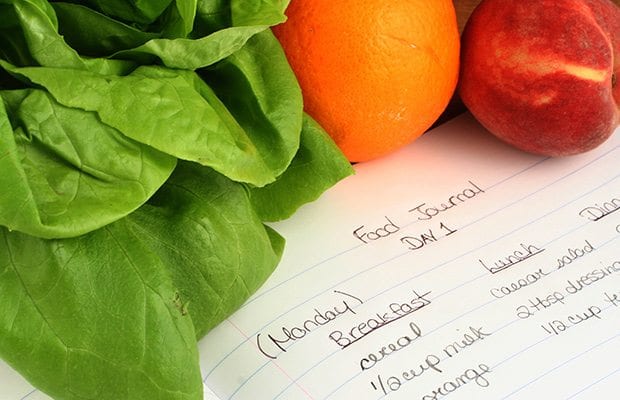Portion size matters
Bigger portions linked to increased waistlines and weight gain


Sue Cummings, M.S., R.D, Registered Dietitian, Weight Center, Massachusetts General Hospital
As a dietitian at Massachusetts General Hospital Weight Center, Sue Cummings has her work cut out for her. She helps people develop healthy eating habits and lose weight. That’s no easy task — for her or her patients.
She offers a few tips. First, never skip meals. That in itself is a chore. More than 31 million adults in this country take a pass at breakfast, which triggers excessive hunger and low blood sugar.
She uses a car as an example. “What if your car is on empty?” she asked. “You would fill it because the car can’t run.” Likewise, our bodies do not run well when we skip a meal. “We treat our cars better than we treat ourselves,” she said.
Portion sizes are another target of Cummings since they are correlated to waist sizes. The National Heart, Blood, and Lung Institute uses the term “portion distortion” to demonstrate the change in portion sizes over the past 20 years. For instance, bottles of soda were 6.5 ounces and 82 calories. Now they are 20 ounces at a whopping 250 calories.
The mere sight of food can influence intake as well. Simply put, if the food is there, a person will continue to eat. Researchers from Cornell University used self-refilling soup bowls to examine whether visual cues of food influenced how much people ate and their sense of fullness.
Apparently it did. The researchers used four bowls for the study — two of which slowly and imperceptibly refilled as their contents were consumed. People who unknowingly ate from these bowls consumed 73 percent more soup than those who were served normal servings. Yet, they did not perceive that they had eaten more. Nor did they perceive that they were more full than those eating from normal bowls.
Cummings has a solution for that. Keep food out of sight in the kitchen instead of on the table. Use smaller plates. This gives the perception of more food.
Although the number of calories consumed in a day influence weight, it can be tedious to keep track of them on a daily basis. One way to modify the intake of calories without having to rely so heavily on a calculator is choosing nutrient-dense foods — fruits, vegetables, whole grains and proteins — rather than calorie-dense foods like fries, sugar-sweetened beverages and bakery products, such as cakes and pies.
Calorie-dense foods have empty calories that provide little, if any, healthful nutrients. On the other hand, nutrient-dense foods tend to have fewer calories per serving and are chock full of vitamins and minerals the body needs to keep itself going. In addition, it takes the body a longer time to break them down.
“Don’t let the machine do the work for you,” Cummings advises, referring to the process in which fiber and healthy nutrients are stripped from foods we eat. For instance, white rice results when whole grains are refined by removing the bran and outer layers that contain healthy oils, vitamins and essential minerals.
Instead, Cummings recommends that you do the work. It takes more energy to digest nutrient-dense foods compared to processed foods. More important, foods high in fiber and protein, in particular, are more filling and keep you feeling full longer.
Cummings isn’t buying the complaint that eating healthy is expensive. “If you cannot afford fresh, buy frozen,” she advised. In some ways, frozen may be a bit healthier because produce is flash frozen right at the peak of ripeness. The nutrients are well maintained.
She also urged buying foods on sale and in season. Legumes, such as dried beans, peas and lentils are inexpensive and high in fiber.
Most important, Cummings stresses, is to develop a plan that fits your schedule and tastes. One size does not fit all. Eat all three meals and snacks in between. Eat breakfast within two hours of rising and a snack within four hours later. A serving of nuts and a piece of fruit should tide you over until the next meal. Follow the choosemyplate.gov guidelines and fill half the plate with fruits and vegetables of your choice. The other half should be whole grains and low-fat proteins, such as fish or lentils.
There are a few key points she emphasizes. Each person has to find his or her individual motivation. “What’s in it for me” is a question to ask. Yet, motivation needs to be re-evaluated. “It doesn’t last long,” said Cummings.
The number one tool to success in losing weight is to maintain a food diary to keep track of all that you eat and drink in a day. Any paper works. Also develop specific daily goals. Keep it simple, she said.
But her biggest piece of advice is “Stay positive.”







